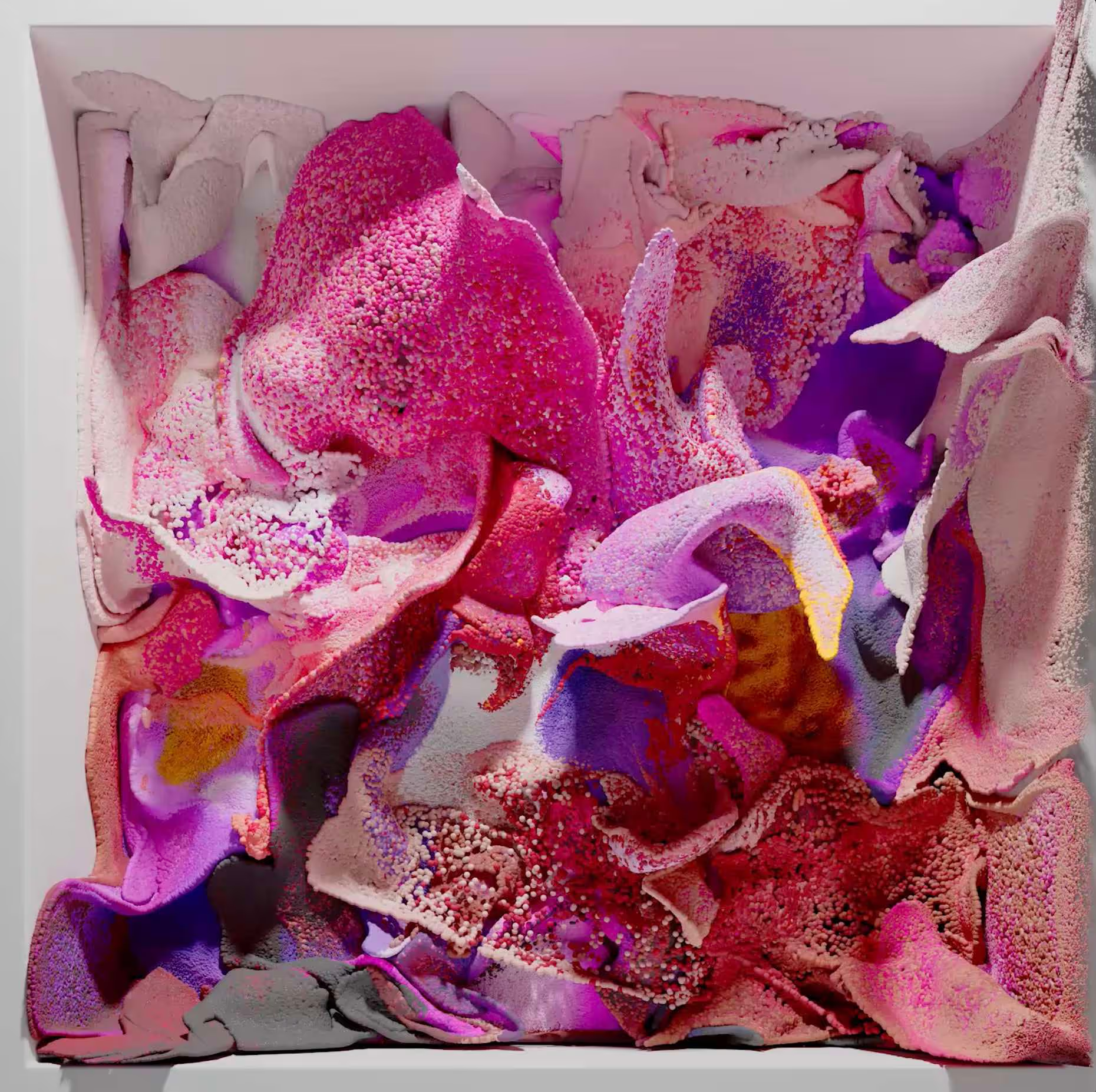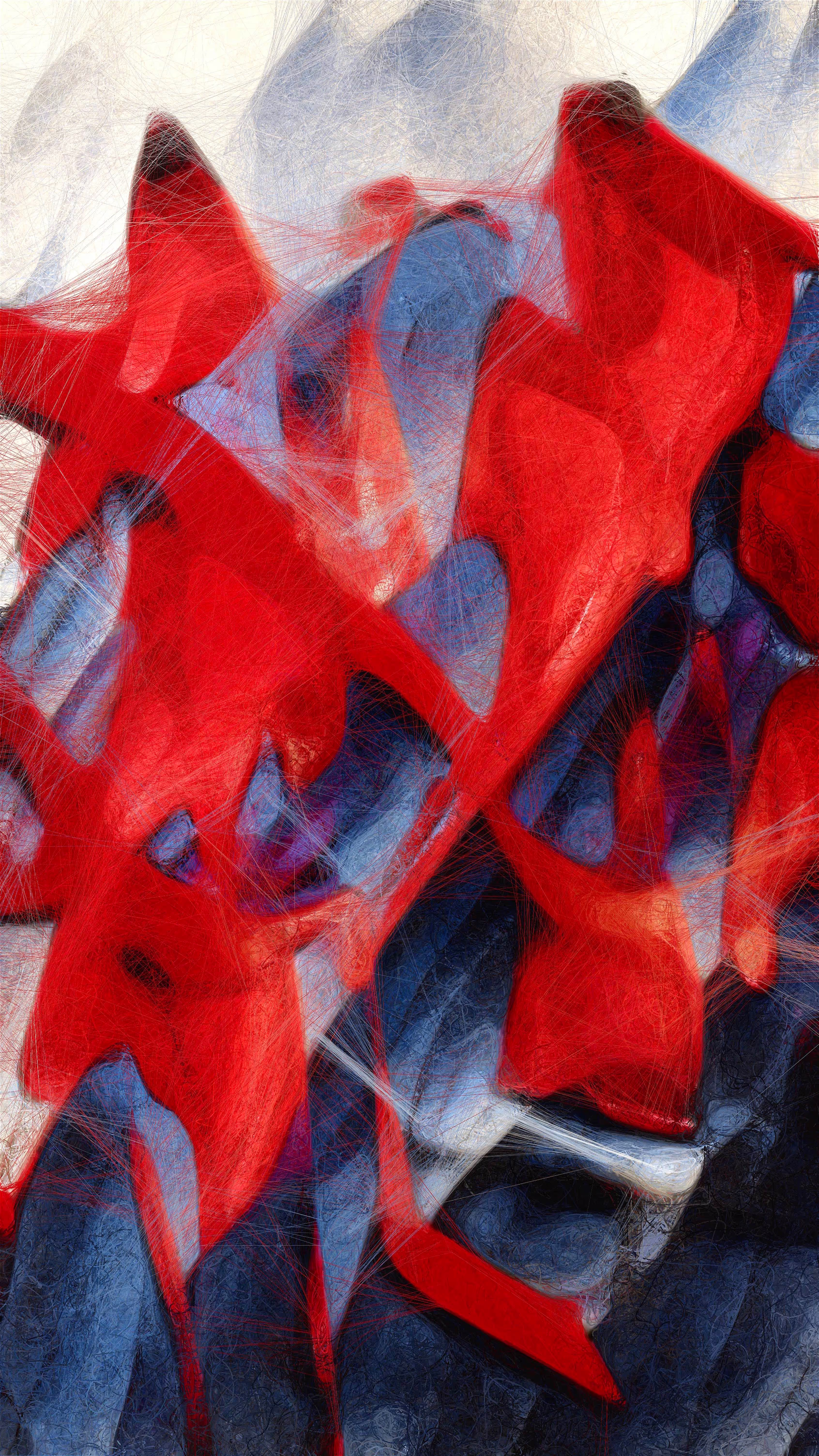Imagine stepping into a room where the walls are alive with swirling colors and shifting patterns, all driven by raw data. This is the world of Refik Anadol, a groundbreaking artist who transforms complex data into mind-bending art installations.
Anadol's work creates a 'data universe' that creates immersive visual experiences from data.
Why does this matter? Because Anadol’s work redefines how we interact with digital art, architecture, and even nature, thereby blurring the lines between the virtual and physical worlds. As artificial intelligence (AI) and data shape more of our daily lives, Anadol’s immersive experiences challenge us to rethink creativity in the digital age.
This approach to artwork has helped Anadol bring home accolades, residencies, and, most recently, the announcement of his own museum. In September 2024, Anadol revealed plans to open Dataland, the world’s first museum of AI-driven art, in Los Angeles. The announcement coincided with his exhibition at the United Nations Summit of the Future, where his installation “Large Nature Model: Coral” used 100 million coral reef images to spotlight environmental conservation and technology’s role in solving global challenges.
In a 2020 TED Talk, Anadol laid out the driving question that became the main force behind his work:
“Can data become a pigment?” he asked. “This was the very first question we asked when starting our journey to embed media arts into architecture, to collide virtual and physical worlds. So we began to imagine what I would call the poetics of data.”
The media artist, director, and founder of Refik Anadol Studio has used data archives from the likes of NASA, New York City, and beyond to prove that data can be used to create enthralling auditory and visual experiences. His pieces meld together colors, shapes, and patterns from the given imagery archive to create an immersive experience. Some of his resulting NFT collections, like “Winds of Yawanawa” or “Unsupervised - Machine Hallucinations,” help viewers understand how data brings his work to life.
Below are some more important facts about Refik Anadol, his work, and his ties to the NFT space.

Early life and education
Refik Anadol was born on November 7, 1985, in Istanbul, Turkey. From a young age, he was captivated by the potential of art and technology, a fascination that would shape his future career. His early interest in these fields led him to pursue higher education in new media art, culminating in a Master of Fine Arts degree from UCLA’s Department of Design Media Arts. At UCLA, Anadol honed his skills in data-driven machine learning algorithms and new media technology, laying the groundwork for his future explorations in generative art. This academic foundation equipped him with the tools to transform raw data into mesmerizing visual and auditory experiences, setting the stage for his innovative contributions to the art world.
Media artist Refik Anadol has been focused on generative artwork since 2014
In his TED Talk, Anadol tells the story of watching the movie ‘Blade Runner’ as a child and being inspired by how architecture and technology could merge under the right circumstances. Since the beginning of his career, he’s created artwork that uses archival, usually publicly available data and A.I. to produce visual and auditory abstract art experiences. He kickstarted this journey by founding his Refik Anadol Studio in 2014 and showcasing exhibitions of his work in 2015, according to his website.
The artwork of Refik Anadol pairs data and machine intelligence with artificial intelligence
All of Anadol’s art installations have one important thing in common: they are generative art. They use data from archival footage and an AI model to help code and draw connections between data subsets that otherwise would not have been connected. In simple terms, Anadol creates immersive art experiences that make it easy for viewers to believe that the micropieces were always meant to go together. His long-standing project series, Machine Hallucinations, started in 2016 during his stint as Google’s first Artist-in-Residence and usually focuses on nature, urban spaces, or human connection. Each project pairs artificial intelligence with unique subsets of data from partners like NASA, cultural institution Aorist Art and luxury hotel, Faena Hotel Miami Beach, and the Museum of Modern Art (MoMA).
Inspiration and impact
Refik Anadol’s work is inspired by the intersection of art and data, a fusion that allows him to create abstract, colorful environments that push the boundaries of machine intelligence. His projects are a testament to the possibilities that arise when art and technology converge. By leveraging data and machine intelligence, Anadol crafts immersive experiences that invite viewers to explore new dimensions of creativity. His strong presence in the Los Angeles art scene has not gone unnoticed; his innovative use of data and machine intelligence has earned him numerous accolades and recognition. Anadol’s work challenges traditional notions of art, encouraging us to rethink how we interact with digital and physical spaces.
Refik Anadol was among the first to use AI in public art
A pioneer in the generative art space, Anadol was one of the first to use artificial intelligence in public artworks like his installation “WDCH Dreams,” which celebrates the 100th anniversary of the Walt Disney Concert Hall.
Anadol's 'WDCH Dreams' project can be seen as a 'data sculpture' that visualizes complex data through AI.
The installation was a two-part exhibit. The first was a week-long public art installation projected outside of the concert hall, and the second was a season-long exhibition at the Ira Gershwin Gallery. Both exhibits brought to life how Anadol envisioned the AI-driven visuals, using the philharmonic’s 100-year archive of images, videos, and audio files, parsed data sets from the archive, and AI.
Anadol described the project on his website as “a radical visualization of the organization’s first century and an exploration of synergies between art and technology, and architecture and institutional memory.”

Refik Anadol was the Sphere’s inaugural featured artist
As of fall 2023, Refik Anadol has something in common with U2, and it’s that they both played big roles in inaugurating the Las Vegas events venue, the Sphere. In addition to the promise of an immersive experience once you’re in the venue, the outside of the Sphere mesmerizes bystanders with its 580,000 square feet of programmable LED screens. From September 1st through the end of the year, Anadol created a special extension of his Machine Hallucination series specifically focused on the Sphere. It pulls data from archival footage of space, nature, and urban environments, then pairs them with a generative art algorithm that the studio programmed to bring to life random and unique color and line immersive experiences.
The MoMa acquired Refik Anadol's data sculpture
You may have seen this mentioned in our This Week In Web3 and NFTs series, but the Museum of Modern Art acquired Anadol’s “Machine Hallucinations — Unsupervised,” in October 2023 as both an in-person artwork and an accompanying NFT. The acquisition marked the first piece of NFT art that the MoMa has added to its permanent collection. This qualifies as a big deal in the art world and the NFT world because it marries NFT art with traditional art spaces. Like other installments of his Machine Hallucinations projects, “Unsupervised” pulls from one subset of data, and in this case, it’s the entire MoMa collection.
Anadol's 'Machine Hallucinations' series can be seen as 'data paintings' that transform extensive datasets into visual experiences.
Each of Anadol’s AI-supported exhibitions reinvents his last. He has become an artist to watch in the generative art space because his use of architecture and data helps bring an often intangible web3 experience into a 2D world.





.avif)
.png)
.png)
.png)
.png)



.png)